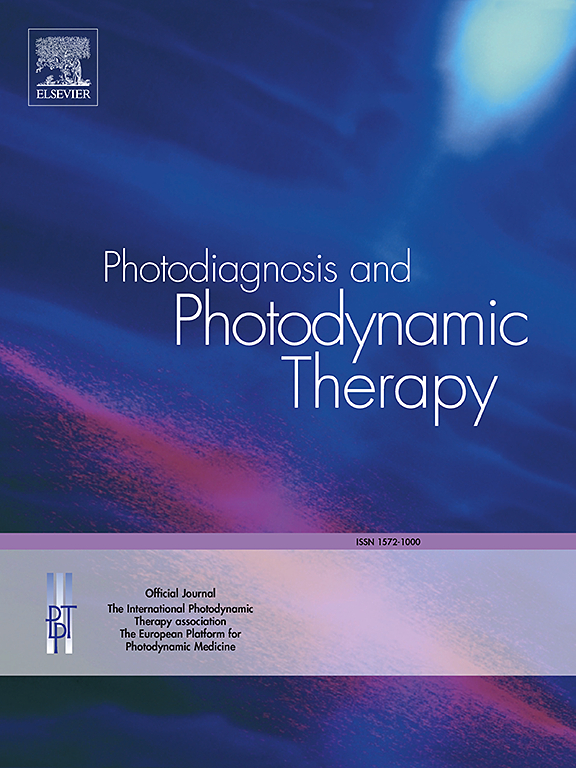Is there a link between choroidal and retinal parameters in patients with systemic sclerosis? A prospective study
IF 3.1
3区 医学
Q2 ONCOLOGY
引用次数: 0
Abstract
Purpose
Systemic sclerosis (SSc) is an autoimmune connective tissue disease. It affects choroid causing reduction in its thickness and volume. The aim of this study has been to get a better insight into the pathogenesis of retinal and choroidal involvement in SSc.
Methods
This prospective single-center cross-sectional study included 33 patients with SSc and 40 controls. A full ophthalmological and rheumatological assessment was performed. The patients underwent the spectral-domain optical coherence tomography. The thickness of the inner retinal and outer retinal layer (ORL), outer nuclear layer (ONL), retinal pigment epithelium (RPE) was evaluated, as well as the central macular choroidal thickness and choroidal vascularity index (CVI).
Results
The inner retinal thickness did not differ. In the outer retina, slight differences were observed in the thickness of the RPE and ORL within the inner temporal subfield, that were thinner in SSc patients, p<0.05. Choroidal parameters differed between the groups (luminal, stromal, and total choroidal areas; central choroidal thickness, p<0.05 for all). Correlations were found in the SSc patients (diffuse cutaneous systemic sclerosis group: the central macular ORL with the CVI rho=0.47, p=0.042; limited cutaneous systemic sclerosis group: the central macular RPE thickness with the total choroidal area rho=-0,7, p=0038, and with the luminal area: rho=-0,7, p=0036). The univariate regression analyses revealed only few significant associations with low fit of models to the data of the central macular ORL, ONL, RPE with the tested ocular and clinical parameters in the SSc and the controls.
Conclusion
It is plausible to assume that, although reduced in the SSc patients, the choroidal blood supply to the outer retina may still be sufficient to maintain its thickness.
系统性硬化症患者脉络膜和视网膜参数之间是否存在联系?一项前瞻性研究。
目的:系统性硬化症(SSc)是一种自身免疫性结缔组织疾病。它影响脉络膜,使其厚度和体积减少。本研究的目的是为了更好地了解SSc中视网膜和脉络膜受累的发病机制。方法:本前瞻性单中心横断面研究纳入33例SSc患者和40例对照。进行了全面的眼科和风湿病学评估。患者行光谱域光学相干断层扫描。检测视网膜内外层(ORL)、外核层(ONL)、视网膜色素上皮(RPE)厚度,以及黄斑中央脉络膜厚度和脉络膜血管指数(CVI)。结果:视网膜内厚度无明显差异。外视网膜的RPE和ORL在颞内亚场的厚度上有细微的差异,SSc患者的RPE和ORL的厚度更薄。结论:虽然SSc患者的RPE和ORL的厚度减少了,但我们有理由认为,SSc患者的脉络膜血供可能仍然足以维持其厚度。
本文章由计算机程序翻译,如有差异,请以英文原文为准。
求助全文
约1分钟内获得全文
求助全文
来源期刊

Photodiagnosis and Photodynamic Therapy
ONCOLOGY-
CiteScore
5.80
自引率
24.20%
发文量
509
审稿时长
50 days
期刊介绍:
Photodiagnosis and Photodynamic Therapy is an international journal for the dissemination of scientific knowledge and clinical developments of Photodiagnosis and Photodynamic Therapy in all medical specialties. The journal publishes original articles, review articles, case presentations, "how-to-do-it" articles, Letters to the Editor, short communications and relevant images with short descriptions. All submitted material is subject to a strict peer-review process.
 求助内容:
求助内容: 应助结果提醒方式:
应助结果提醒方式:


